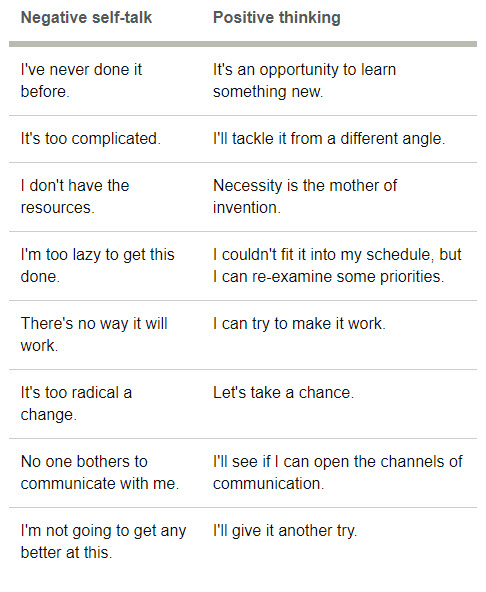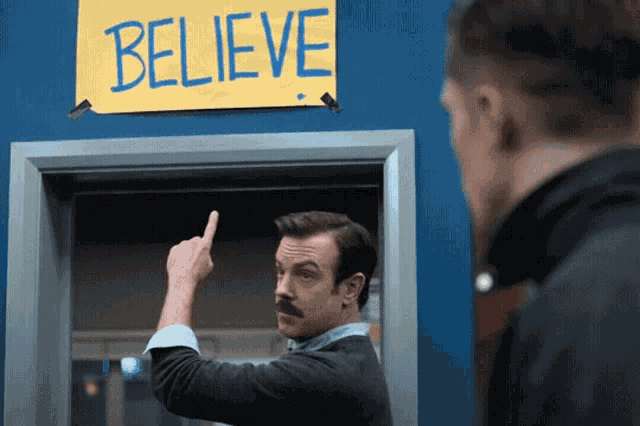
Did you know today is Positive Thinking Day? It’s a day to focus on having a more optimistic attitude and approach life’s troubles in a more positive and productive way. Between the demands of your job and the harsh realities you see on a daily basis, nonprofit communications can be rough on the mental health. It’s easy to slip into a negative mindset.
But according to the Mayo Clinic, the benefits of positive thinking may include:
- Increased life span
- Lower rates of depression
- Lower levels of distress and pain
- Greater resistance to illnesses
- Better psychological and physical well-being
- Better cardiovascular health and reduced risk of death from cardiovascular disease and stroke
- Reduced risk of death from cancer
- Reduced risk of death from respiratory conditions
- Reduced risk of death from infections
- Better coping skills during hardships and times of stress
As someone who has never been accused of being “too positive” ever in my life, I am working on switching my more negative self-talk/inner dialogue to a more positive one. It’s the “But what if it did work” mentality as opposed to the one that tells you all the reasons why something won’t work. It goes hand-in-hand with mindfulness and cognitive behavior therapy.
Here are a few ways you can switch your negative self-talk to positive thinking:
Positive thinking does NOT mean that you never have any negative thoughts though.
TEDx speaker and author Dr Beth Cabrera talks about a 3:1 ratio:
The concept of positivity is by no means a Pollyannaish ideal where you don’t experience negative emotions. Obviously, we can’t avoid negativity in our lives; bad things do happen. What matters is the ratio of positive to negative emotions over time. We just have to make sure that we have more than enough positive experiences to counterbalance the negative ones. Research in positivity indicates that the benefits of positivity occur when our ratio of positive-to-negative emotions is at least 3-to-1.
She goes on to say that we naturally pay more attention to negative stories and events than positive ones. And we feel negative emotions more strongly than positive ones. This by itself is not a bad thing but that does mean we have to counteract those experiences with more positive ones to get to the 3:1 ratio. Luckily, Dr. Cabrera says that the intensity of the emotion does not matter so small acts of kindness can still get you to the 3:1 ratio.
The idea behind this ratio should help counter the ugly cousin of positivity: toxic positivity. Toxic positivity occurs when you ignore difficult situations and reject difficult emotions.
If you watch Ted Lasso, then you have seen what toxic positivity looks like.
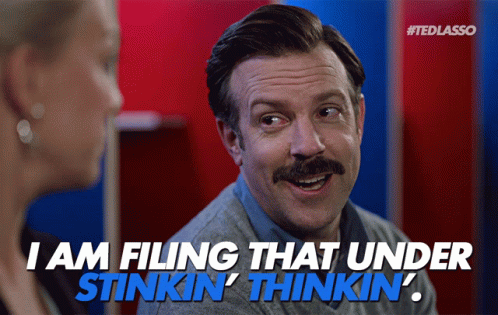
People who are toxically positive:
- Avoid facing problems
- Feel guilty about being sad, angry or other difficult emotions
- Hide how they feel so people will think they are strong and happy
Toxic positivity is not only bad for you, but can also have negative effects on those around you. You see this when people say:
- “Stop being so negative.”
- “Look on the bright side”
- “There are people who have it worse than you.”
- “You didn’t try hard enough.”
- “You just have to put your mind to it.”
- “Happiness is a choice.”
It implies that a good attitude and willpower is the answer to everything and doesn’t allow your true feelings and emotions to be fully processed.
To avoid this, try these alternatives:
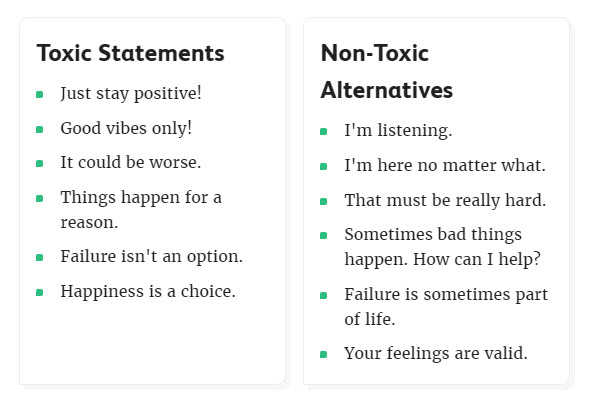
Source: Verywell Mind
So try replacing a negative thought or two with a more positive one to get your 3:1 ratio, but NEVER EVER neglect your true feelings!
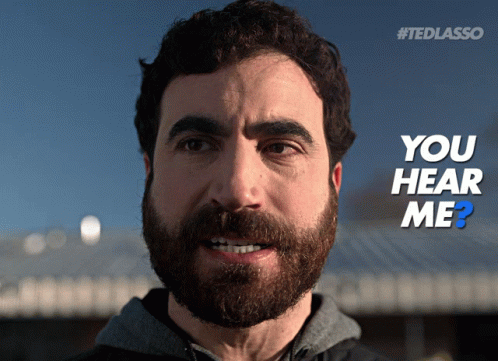
You can also check out Toxic Productivity: Is There Such a Thing as Being Too Productive?

